11 Ways to Make Your Garden More Drought-Resistant
Creating a drought-resistant garden is all about making smart choices that help conserve water while keeping your plants healthy. By focusing on efficient watering methods, selecting the right plants, and improving soil quality, you can build a garden that thrives even in dry conditions. These simple yet effective strategies not only save water but also reduce the effort needed to maintain your garden. Whether you’re dealing with hot summers or limited rainfall, these tips will help you keep your garden green and resilient year-round.
This post may contain affiliate links, which helps keep this content free. Please read our disclosure for more info.
Use Mulch to Retain Moisture
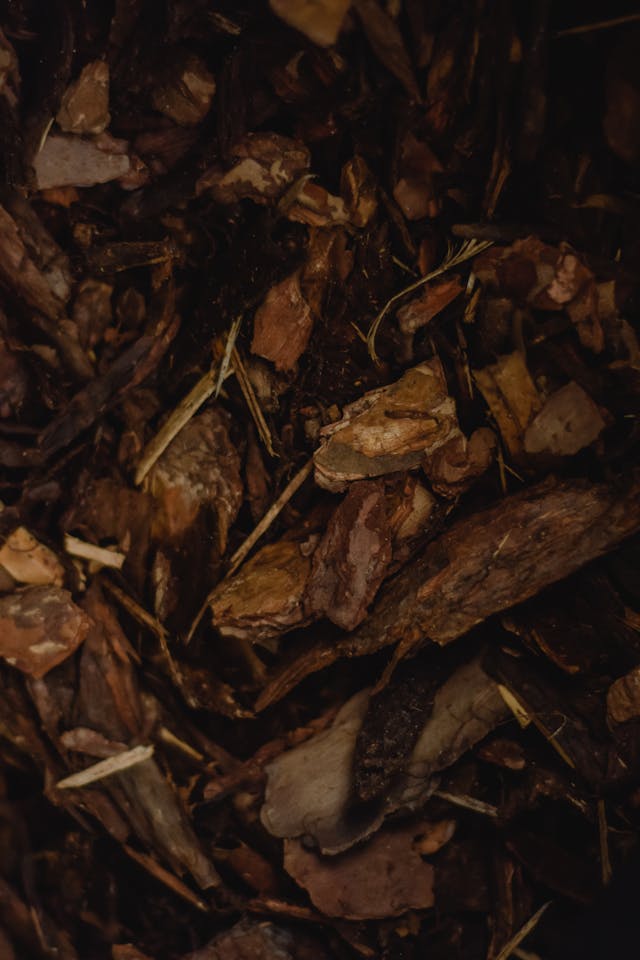
Mulch is one of the most effective ways to preserve moisture in the soil. When spread around plants, it acts as a barrier that prevents water from evaporating too quickly, which is especially important during hot, dry months. Organic mulches, such as shredded leaves, straw, or bark chips, not only retain moisture but also help regulate the soil temperature, keeping the roots cooler during intense heat. This added protection reduces the need for frequent watering, saving water and keeping your plants healthy.
As the mulch decomposes, it also enriches the soil by adding organic matter, improving its structure, and enhancing its ability to retain moisture in the long term. Additionally, mulch helps suppress weeds that can compete with plants for water and nutrients, allowing your drought-resistant plants to thrive with less competition. This simple step makes your garden more self-sufficient and less dependent on constant watering.
Water Efficiently

Proper watering is essential for creating a drought-resistant garden. Watering early in the morning or late in the evening, when temperatures are cooler, helps to minimize water loss through evaporation. This ensures that plants absorb more of the water and waste less. Installing a drip irrigation system or soaker hoses is also highly beneficial. These systems deliver water directly to the plant roots, reducing water waste and ensuring that each plant gets the appropriate amount of moisture.
An efficient watering routine encourages deeper root growth, as plants will need to extend their roots further into the soil to access water. Shallow watering, on the other hand, can lead to weak root systems and increase vulnerability to drought. By being mindful of when and how you water, you can greatly reduce water consumption while maintaining a healthy, drought-resistant garden.
Select Drought-Tolerant Plants
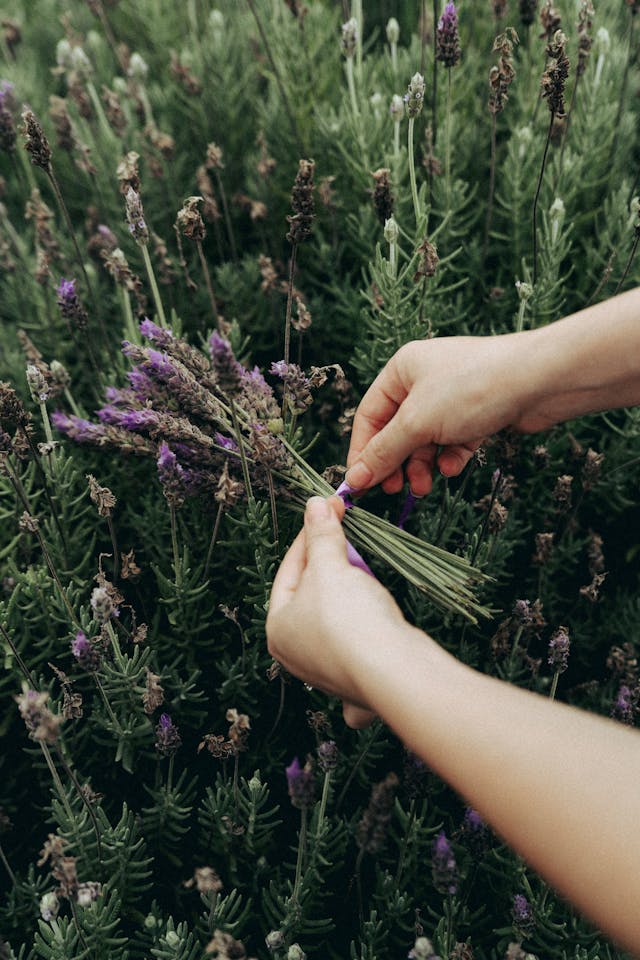
Choosing drought-tolerant plants is one of the most effective strategies for reducing water usage in the garden. Many drought-resistant plants, such as succulents, lavender, and native grasses, are specifically adapted to survive on minimal water. These plants often have deep or extensive root systems that allow them to access water deep in the soil, which is especially useful in areas with low rainfall. Moreover, their ability to store water in their leaves or stems helps them withstand long dry spells.
Native plants are particularly valuable because they have evolved to thrive in local climates and are more likely to resist pests and diseases, requiring fewer resources to grow. By selecting drought-tolerant species, you can create a low-maintenance garden that looks beautiful and requires little water. These plants often have unique textures and colors, adding aesthetic value to your landscape without the need for constant watering.
Amend the Soil
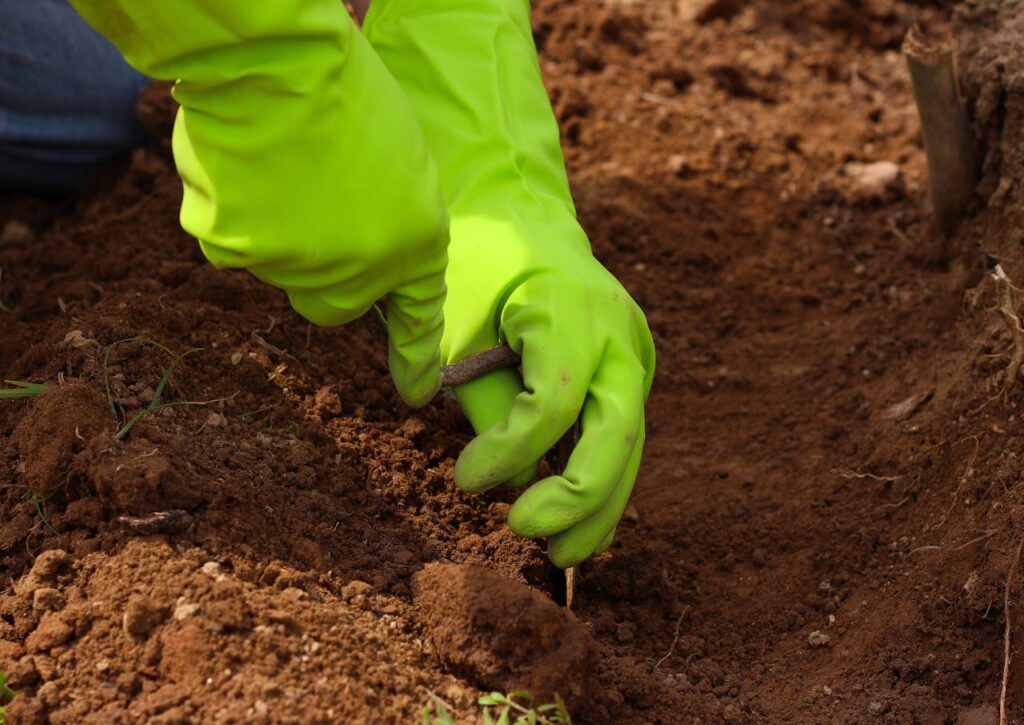
Healthy soil is a crucial element in a drought-resistant garden. Soil that is rich in organic matter holds moisture better, ensuring that plants have access to water during dry periods. By adding compost, well-rotted manure, or other organic materials, you improve the soil’s ability to retain moisture, providing plants with a steady supply of water even when rainfall is scarce. Organic matter also helps to create a more aerated soil structure, which promotes healthy root growth and allows roots to access water more easily.
In addition to improving moisture retention, amending the soil adds vital nutrients that support plant health. Plants growing in nutrient-rich soil are more likely to withstand the stress of drought, as they are better equipped to adapt to challenging conditions. Regularly improving your soil quality through composting and other amendments ensures that your garden remains resilient in the face of droughts and other environmental stressors.
Group Plants by Water Needs
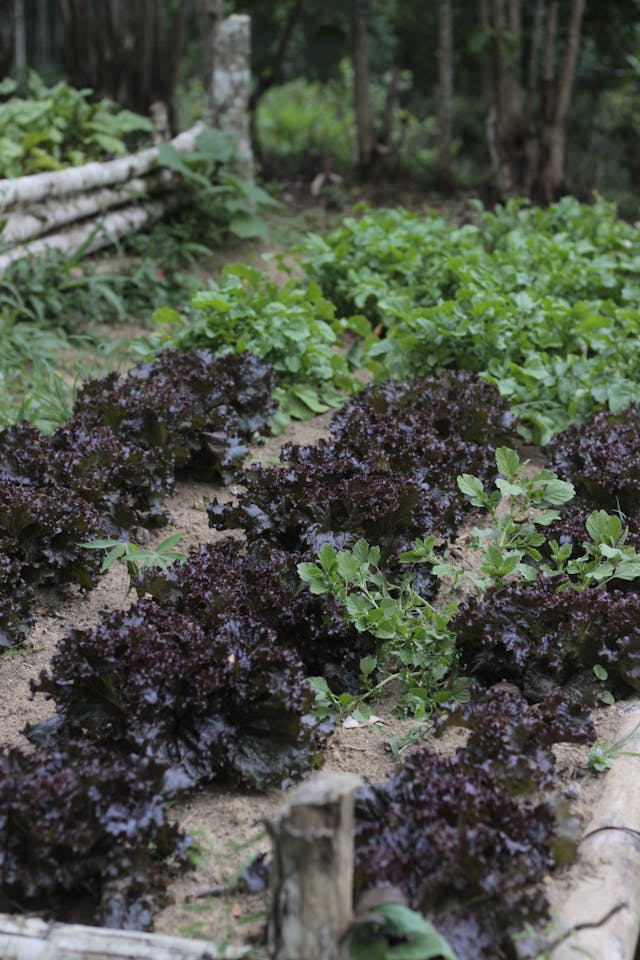
Grouping plants with similar water requirements together is an excellent way to conserve water and make your garden more drought-resistant. By placing drought-tolerant plants in one area and moisture-loving plants in another, you can water each group more efficiently without wasting water. This method prevents overwatering or underwatering, which can harm plants and lead to unnecessary water use.
Planting according to water needs also helps maintain the health of your garden. For example, plants that need regular moisture will perform better in a section of the garden that is watered more frequently, while drought-tolerant plants will flourish with less water in a drier part of the garden. This thoughtful arrangement allows you to manage water use better and maintain a healthier, more sustainable garden in the long run.
Install a Rainwater Harvesting System
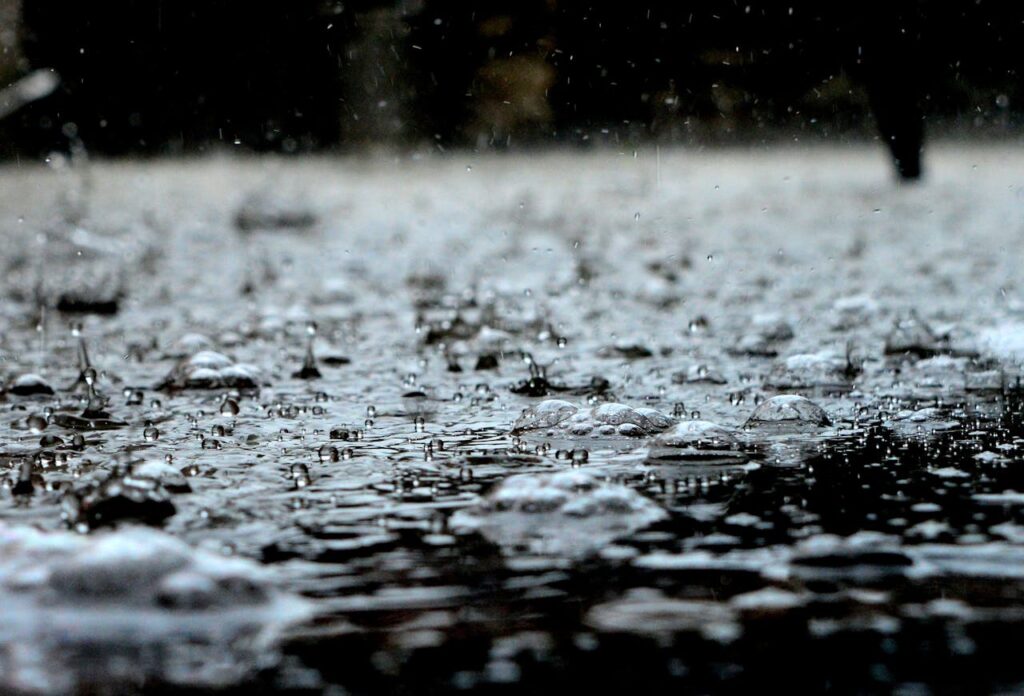
Rainwater harvesting is an effective way to collect and store water for use during dry spells. Installing a rain barrel or a more complex rainwater collection system can help you take advantage of natural rainfall and reduce your reliance on tap water. The water stored can be used to water your garden, providing a sustainable, eco-friendly alternative to conventional watering methods. Rainwater is often better for plants than tap water, as it lacks the chemicals found in municipal water supplies, which can sometimes harm plants.
Using rainwater not only saves you money but also reduces your garden’s environmental footprint. It allows you to manage water resources more effectively, especially in areas prone to drought. With a rainwater harvesting system, you ensure that your plants have a reliable source of water throughout the year without putting unnecessary strain on municipal resources.
Use Shade to Protect Plants
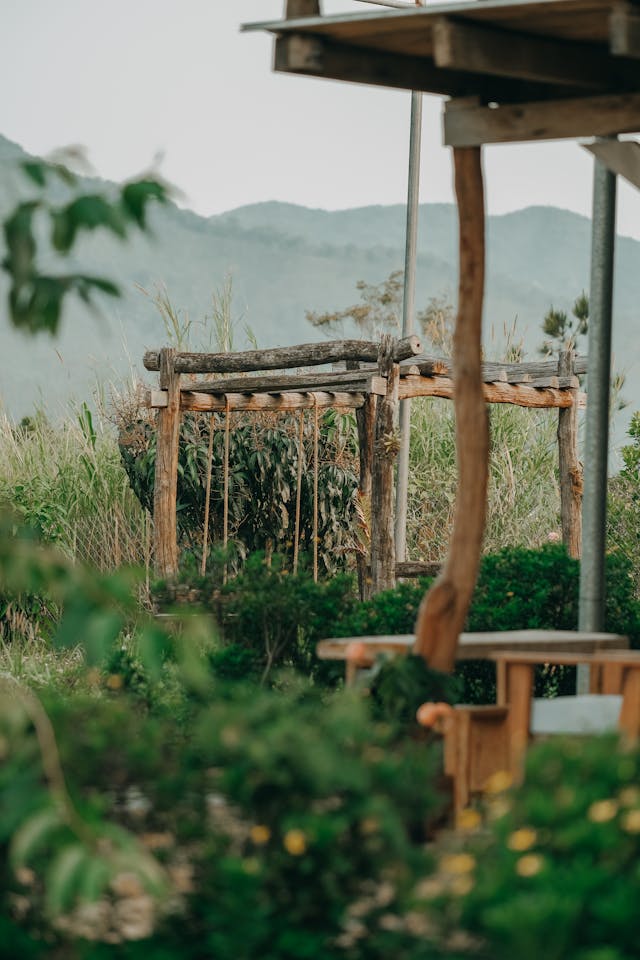
Providing shade for your plants during the hottest part of the day can help reduce the stress caused by intense sunlight. Shade structures like pergolas, garden arches, or even shade cloths can protect sensitive plants from direct sun, which can cause soil to dry out quickly. By creating shaded areas in your garden, you can preserve moisture and reduce the frequency of watering, especially for plants that may not be as drought-tolerant.
In addition to providing shade, planting taller plants or shrubs around your more delicate species can naturally shield them from harsh sunlight. This technique mimics the natural environment where plants often benefit from the protection of taller trees or shrubs. With the right balance of shade and sun, you can create a garden that uses less water while maintaining healthy, vibrant plants.
Limit Lawn Areas
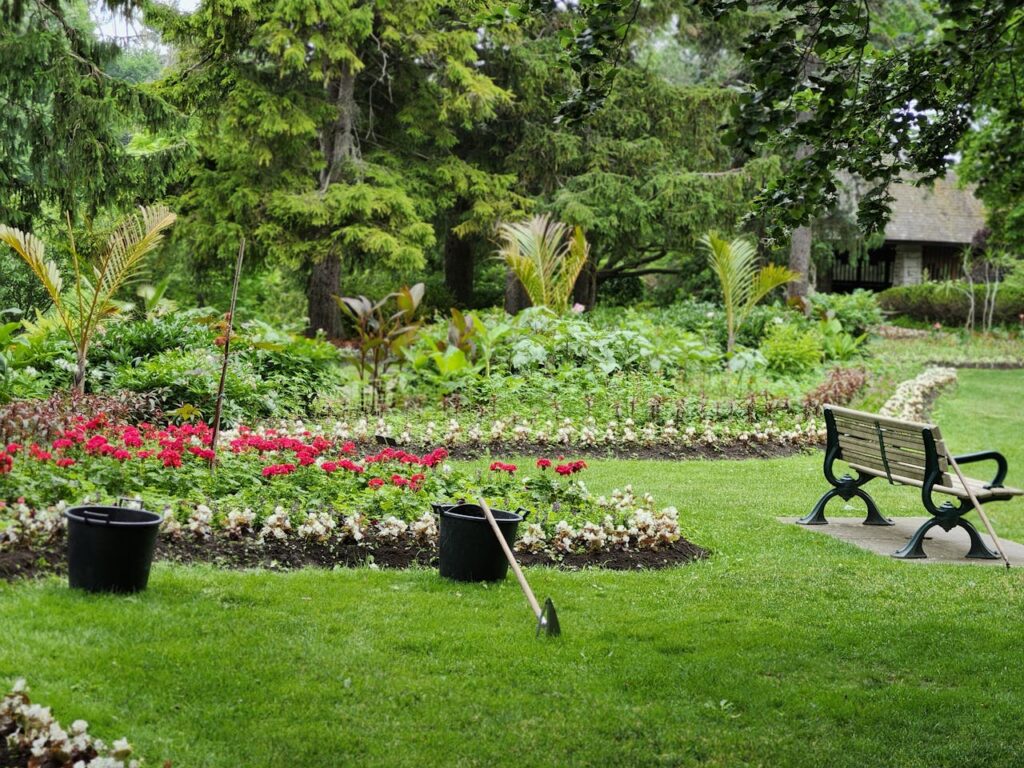
Lawns are notoriously water-intensive, especially during the hotter months. By reducing the size of your lawn or replacing it with drought-tolerant ground covers, you can significantly cut down on water use. Alternatives like clover or creeping thyme require less water and still provide green coverage, making them a perfect solution for a low-maintenance, drought-resistant landscape.
If you still prefer grass in some areas, consider planting varieties that are more resistant to drought, such as buffalo grass or Bermuda grass. These grasses are adapted to survive on less water and can help maintain a green lawn without the constant need for irrigation. Reducing lawn areas and choosing drought-tolerant alternatives will greatly improve your garden’s resilience to dry conditions.
Implement Efficient Irrigation Systems
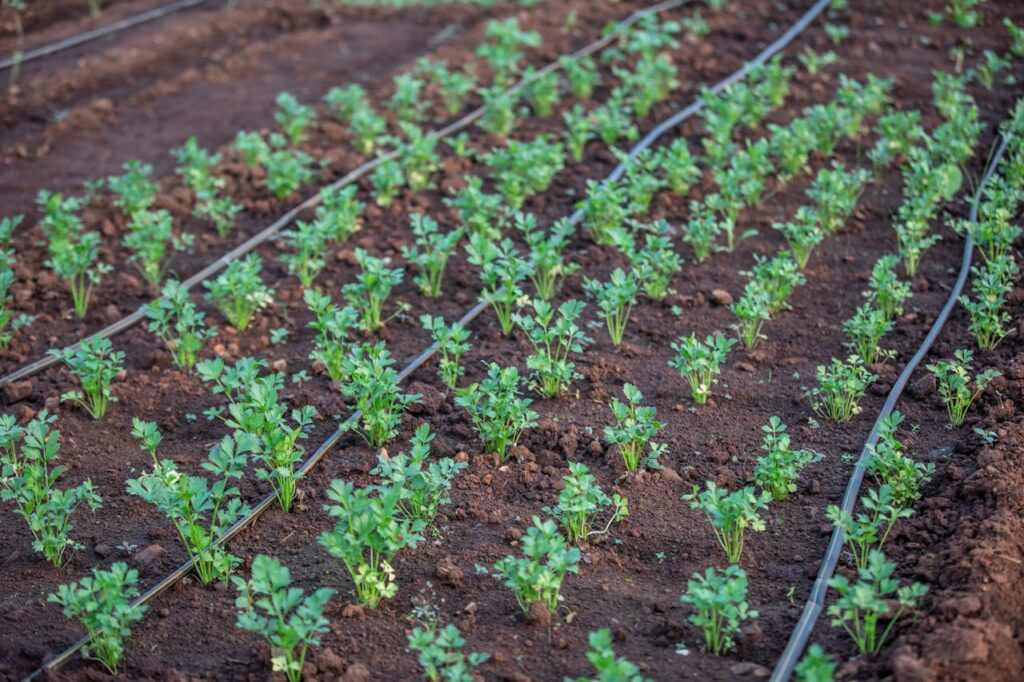
Installing an efficient irrigation system, such as drip irrigation or soaker hoses, ensures that water is delivered directly to plant roots where it is needed most. Unlike traditional sprinklers, which often result in water waste through evaporation or runoff, these systems minimize waste by targeting water delivery precisely. Drip systems also help prevent overwatering, which can drown plants and lead to disease.
Efficient irrigation systems can be customized to meet the specific needs of different areas in your garden. For example, you can set up different zones for drought-tolerant plants and moisture-loving plants, each with its watering schedule. This flexibility helps conserve water while ensuring that each plant gets the right amount of moisture, making your garden more drought-resistant in the long term.
Choose Ground Covers Instead of Grass
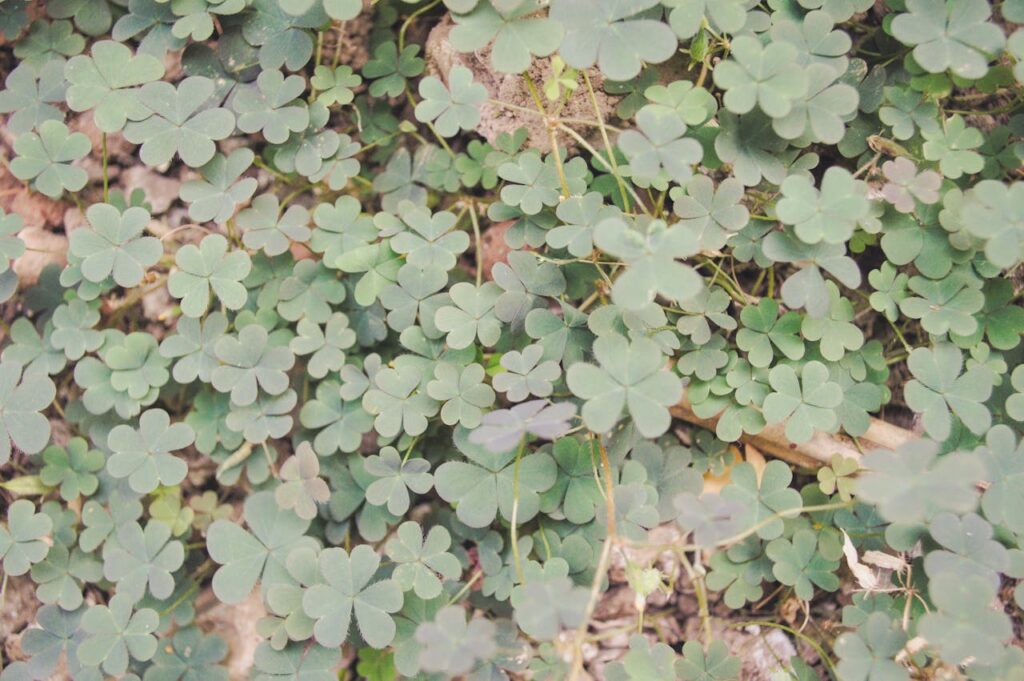
Using ground covers instead of traditional grass lawns can reduce your garden’s water usage significantly. Many ground covers, such as creeping thyme, sedum, or clover, are hardy and drought-tolerant, requiring far less water than grass. These plants spread quickly to create a dense carpet, helping to retain moisture in the soil and preventing weeds from taking over.
Ground covers also offer a variety of textures and colors that can add visual interest to your landscape. By replacing grass with ground covers, you create a more sustainable garden that needs less water, while still providing an attractive and low-maintenance alternative to traditional lawns.
Use Drought-Tolerant Varieties of Common Plants
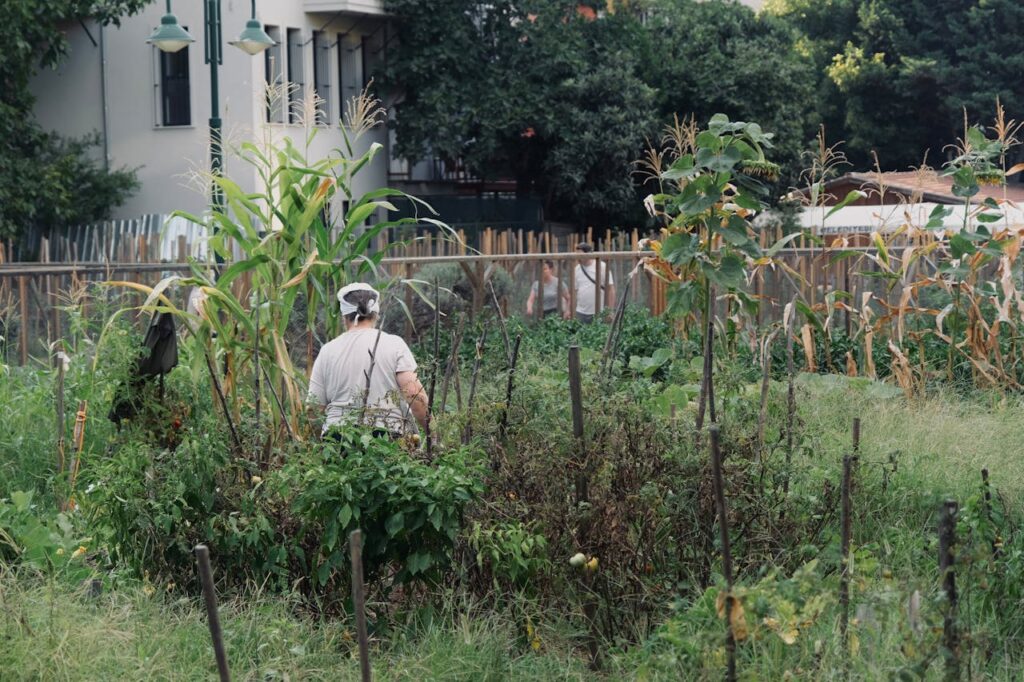
Many popular garden plants have drought-resistant varieties that require less water to thrive. For example, certain types of roses, lavenders, and coneflowers are bred to tolerate dry conditions better than their traditional counterparts. These varieties are often more resilient to heat and drought, making them a great choice for gardens in areas with limited rainfall.
By selecting these specialized varieties, you can maintain a lush, colorful garden while reducing the need for irrigation. Drought-tolerant varieties not only require less water, but they are also typically more resistant to pests and diseases, making them a practical and sustainable choice for your garden.
This article originally appeared on Avocadu.
